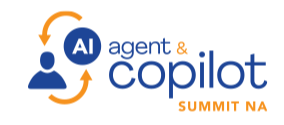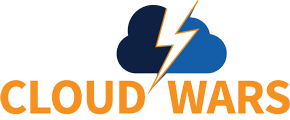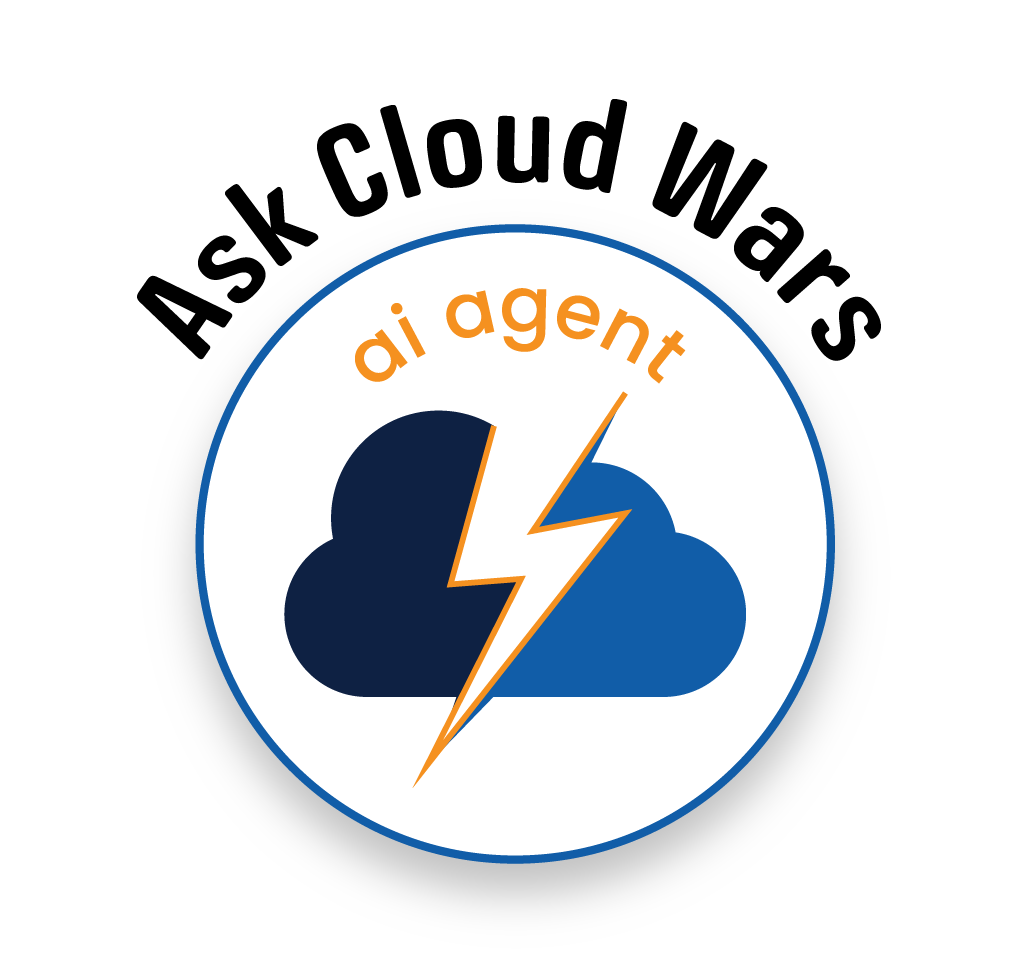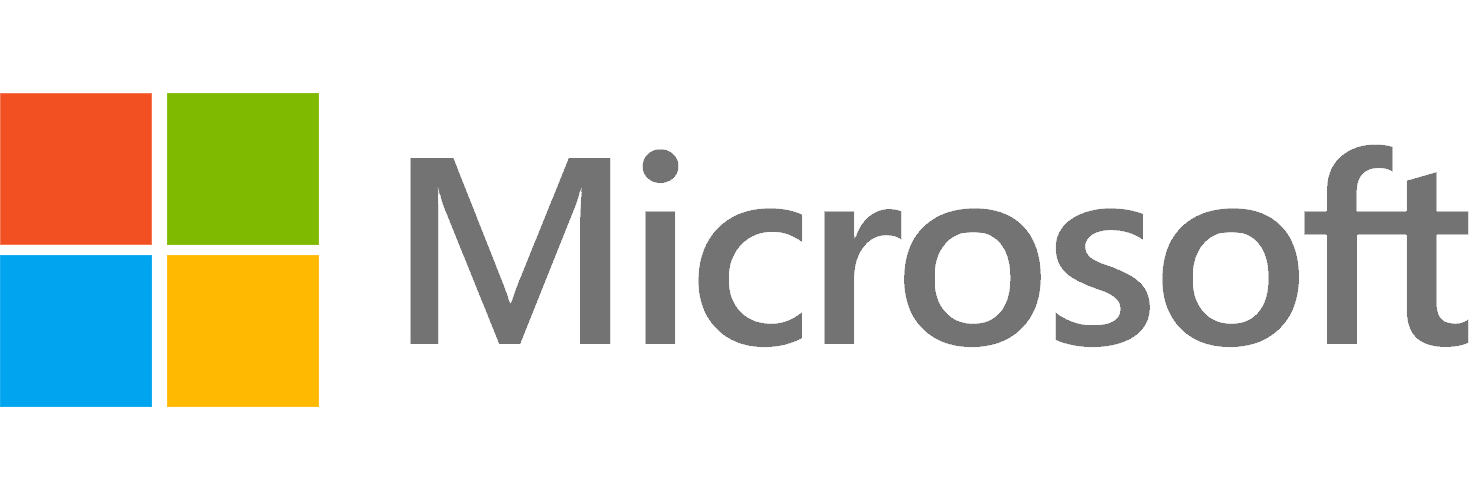
It’s clear AI agents are proliferating — Microsoft says 160,000 companies built 400,000 agents in a recent 90-day period. That’s one vendor, one sample, one customer base – albeit representing usage data from the most prominent supplier of agents and copilots.
While Microsoft has its tightly integrated Copilot Control System, other ISVs, partners, and consulting firms are moving ahead with agent management platforms. Case in point: PwC rolled out what it calls an agent OS designed to build, connect, scale, and manage a diverse set of agents in business workflows. PwC, of course, has a major partnership with Microsoft, as well as alliances with AWS, Google Cloud, Oracle, SAP, Salesforce, Workday, and more.
While Microsoft has disclosed the eye-popping agent deployment figures cited above, PwC says its customers’ agentic deployments range from those with 5 to 10 agents focused on specific use cases — including customer support and internal reporting — to others that have hundreds of agents operating across different business functions.
The focus with PwC’s agent OS is to deliver governance, interoperability, and tooling needed “to go from isolated use cases to a connected, enterprise-grade agent ecosystem,” says Scott Likens, PwC U.S. global chief AI engineering officer.
In so doing, PwC aims to help companies overcome past practices of building AI apps and use cases in manual, one-off fashion. This has required them to unify disparate tools, write custom code for each use case, and integrate into existing systems without a centralized framework. That process is slow, laborious, and often leads to silos.

Without a creation, orchestration, and management layer like this, teams often end up building agents in isolation, stitching together tools, models, and data access manually. That makes things harder to maintain, harder to govern, and much harder to scale.”
Scott Likens, PwC
PwC’s agent OS integrates with widely used enterprise systems, applications and infrastructure including all of the previously mentioned PwC tech partners and more. This prevents the silos that can slow AI rollouts, especially when it comes to scaling them across an enterprise.
“Without a creation, orchestration, and management layer like this, teams often end up building agents in isolation, stitching together tools, models, and data access manually. That makes things harder to maintain, harder to govern, and much harder to scale,” Likens said in written responses to questions about PwC’s agent OS.
That focus is particularly important given the breadth, range, and potential complexity of AI agents tied to a wide range of systems, functions, and tasks. Those agents, of course, are accessing or utilizing enterprise data from a similarly expansive set of systems.

AI Agent & Copilot Summit is an AI-first event to define opportunities, impact, and outcomes with Microsoft Copilot and agents. Building on its 2025 success, the 2026 event takes place March 17-19 in San Diego. Get more details.
“That means enterprises can choose the right model for each use case and quickly deploy multi-agent solutions that work across diverse technologies,” Likens said. “Different teams may prefer different LLMs or need to connect with specific systems, and PwC’s agent OS supports that by orchestrating across vendors and environments.”
According to PwC, agent OS performs orchestration functions by leveraging the company’s technology that supports platform-agnostic development, use of natural language “state management” and the ability to recursively call workflows.
Because the orchestrator is technologically agnostic to the agents themselves, PwC says it can build support for any agent framework or enterprise AI platform. Natural language state managament enables users to define transitions between agents and workflows using natural language.
With the ability to recursively call workflows, developers or users can invoke previously created workflows, and combine them to accomplish increasingly complex, enterprise-scale tasks.
PwC’s agent OS enhances AI governance and compliance by leveraging the firm’s integrated risk management and oversight frameworks.
Those frameworks include methodologies for AI governance functions: AI model risk assessment, bias mitigation, data lineage tracking, explainability reviews, and continuous monitoring. Because these frameworks are embedded into the development lifecycle, they ensure AI agents operate within defined boundaries.
One other particularly interesting aspect of PwC’s agent OS: it includes prebuilt agents and the tools to build agents from scatch.
PwC’s pre-built agents perform:
Contract review, automatically extracting key terms, flagging risks, and summarizing large volumes of legal documents
Financial reporting, pulling data from different systems, running calculations or validations, and generating draft reports or insights for review
IT support, assisting with ticket triage and resolution
HR functions, helping answer employee questions around policies, benefits, or onboarding
PwC says its goal is to is to provide a strong agentic starting point, with the flexibility to adapt to each organization’s specific needs while retaining the flexibility for customers to build their own agents from the ground up for custom or specialized use cases.
Ask Cloud Wars AI Agent about this analysis










